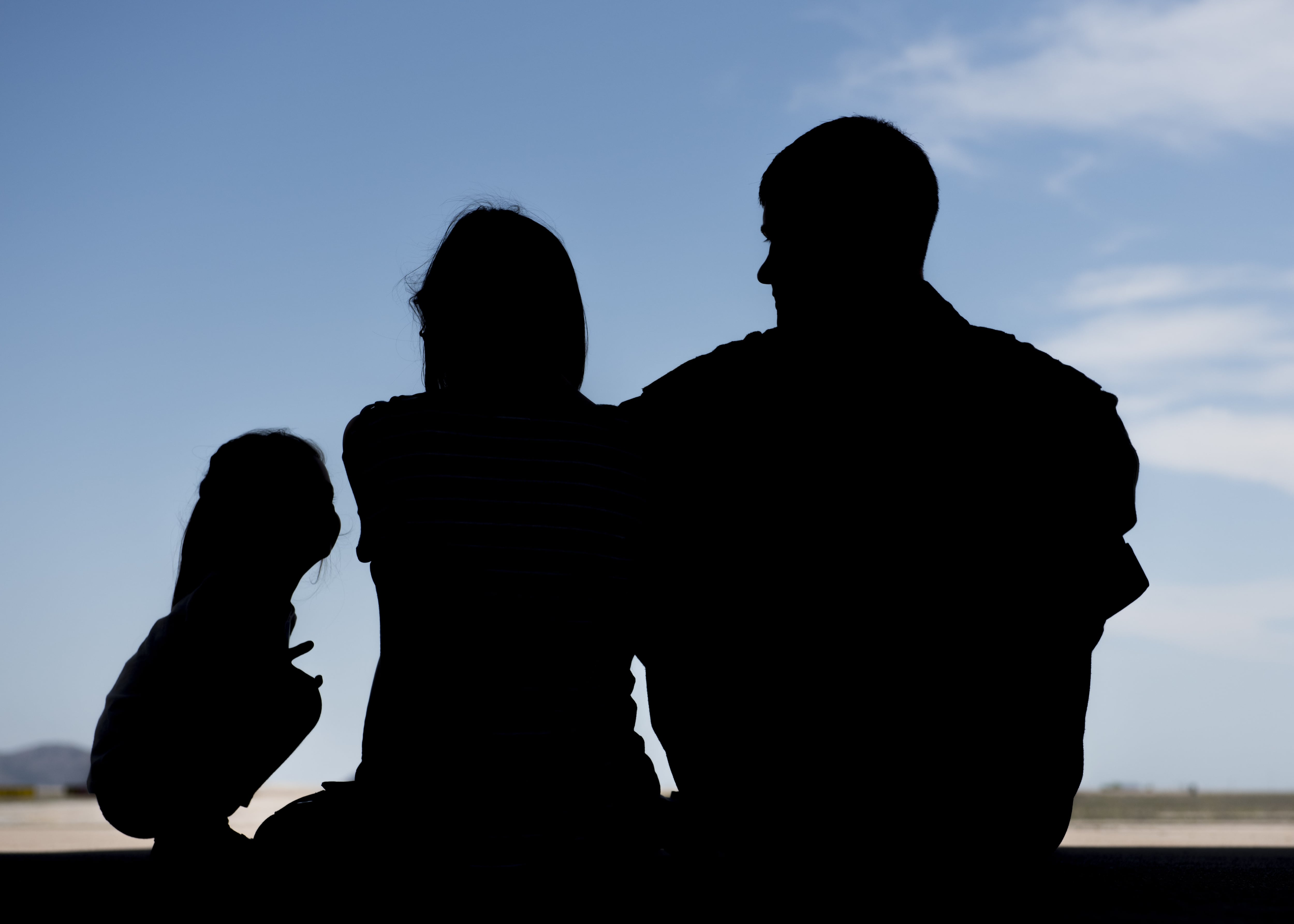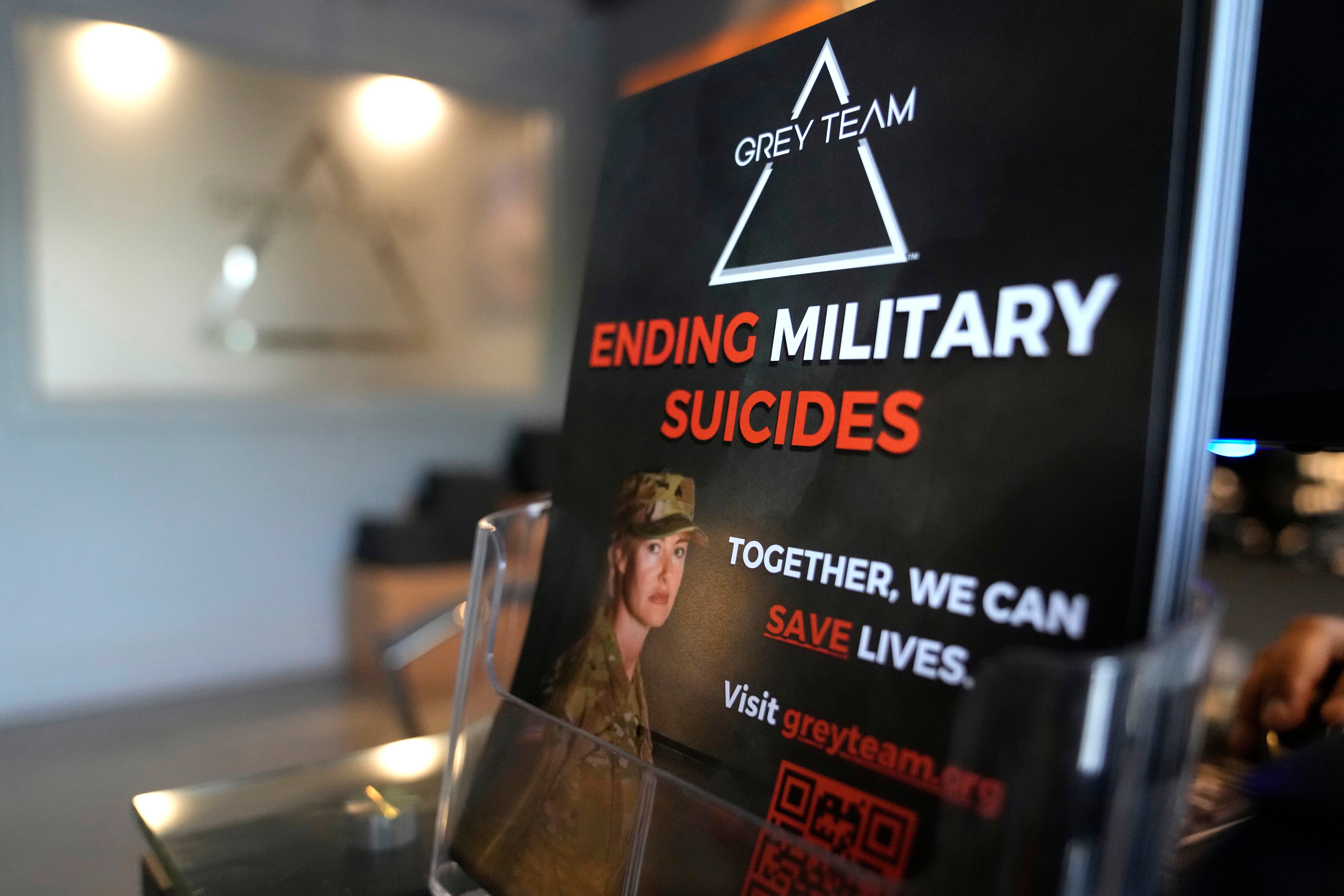Soldiers from the 1st Cavalry Division's 2nd Brigade Combat Team had been in South Korea for just a few weeks when they got their first real taste of the tension that simmers on either side of the Demilitarized Zone.
It began in early August, when two South Korean soldiers were wounded when land mines exploded on the southern side of the DMZ. In response, South Korea resumed anti-Pyongyang propaganda broadcasts for the first time in 11 years, infuriating the North. The tensions escalated into an exchange of artillery fire between the two nations before high-level talks pulled the two countries back from the brink of all-out war.
"That's really when you find out, are you ready? Do you know what you're doing? Are you soldiers disciplined?" said Maj. Gen. Ted Martin, commanding general of the 2nd Infantry Division.
The 2nd BCT, which deployed to South Korea in June and serves under the 2nd Infantry Division while on the peninsula, performed remarkably, Martin said.
"Just absolutely A-plus out of this brigade combat team in every single respect," Martin said. "I wish I could keep them, but I don't think the families at Fort Hood would appreciate that."
The Texas-based 2nd BCT, also known as the Black Jack Brigade, is the first rotational brigade combat team to serve in South Korea. The June arrival of the 4,000-strong BCT coincided with the inactivation of 1st BCT, 2nd Infantry, which had been in South Korea for 50 years but was manned with soldiers who deployed individually for a year at a time.
The move to rotational brigades provides the Army in South Korea with a whole unit that trains together and deploys together, but it also allows the Army to maintain its presence in South Korea amid deep budget cuts that have forced the service to cut several of its brigade combat teams.
"The world looks different from the peninsula," Martin said. "When you're sitting here, the Black Jack Brigade, the division headquarters, a good chunk of the Seoul metro area are in range of North Korean long-range artillery. Here we have a laser beam focus on the most likely threat that we're going to face."
Soldiers deployed to South Korea are constantly on a state of alert, Martin said.
"We drill home to the soldiers all the time [that] this is not business as usual," he said. "You must be ready to fight tonight."
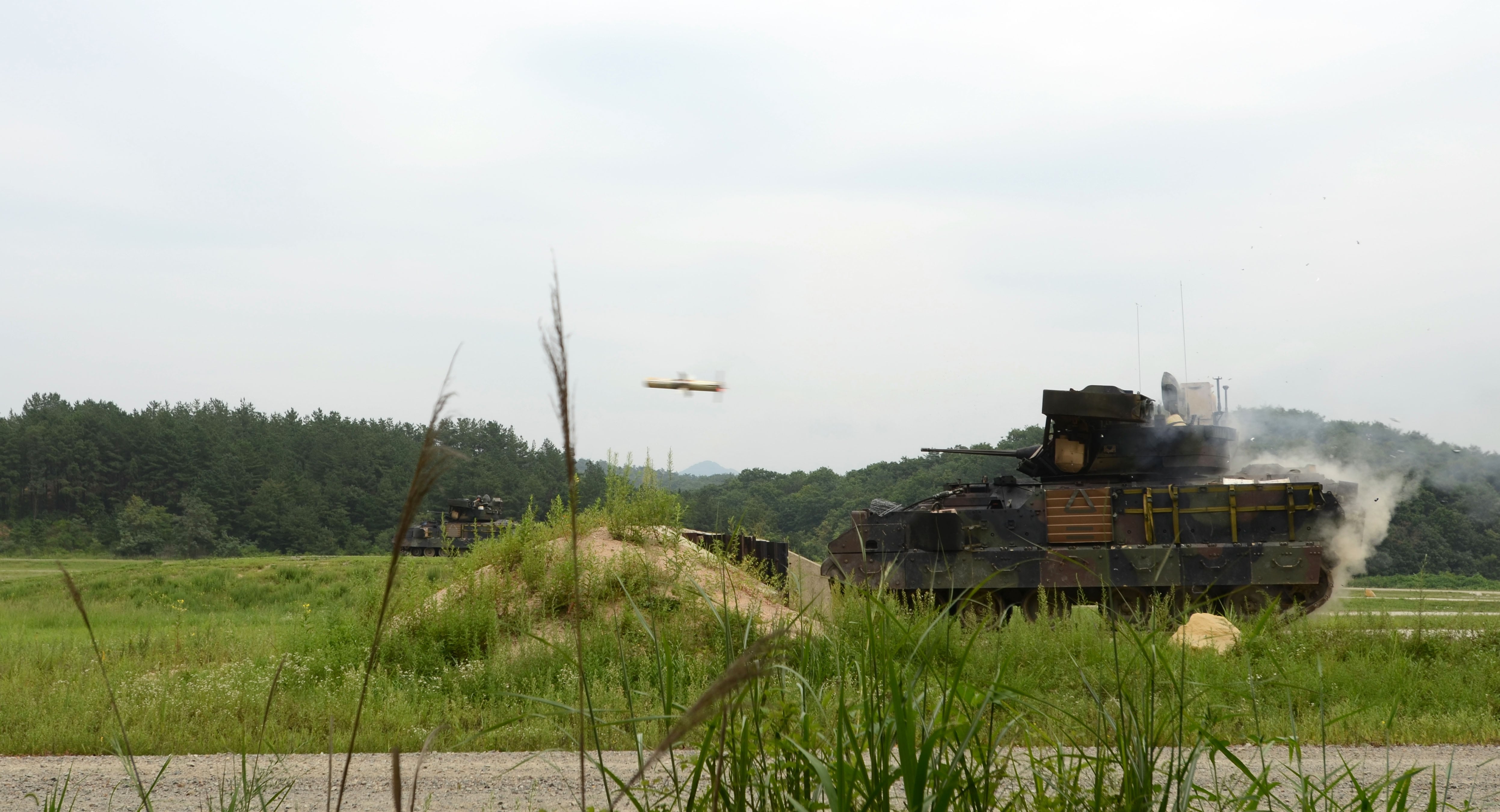
A Bradley Fighting Vehicle fires a TOW missile at Rodriguez Range, South Korea, Aug. 19.
Photo Credit: Staff Sgt. Johnathan Hoover/Army
With the Black Jack Brigade, "the Army prepared them and they came over here so I had at my fingertips an armored brigade combat team that was trained and ready," Martin said.
"The beauty of the rotational brigade is they train together, they deploy together, and they stay for a finite period of time, so we can up the ante in the combat readiness arena, and that's really good for the mission here," he said.
Under the individual deployers model, units were seeing 8 percent to 12 percent personnel turnover every month.
In addition to the Black Jack Brigade, several smaller rotational units also are deployed to South Korea.
They include 2nd Battalion, 20th Field Artillery Regiment, a multiple launch rocket system battalion from Fort Hood; an aviation battalion — soldiers from 2nd Squadron, 6th Cavalry Regiment, from the 25th Infantry Division, are in the process of handing over the mission to the 10th Mountain Division's 6th Squadron, 6th Cavalry Regiment — and an engineer task force made up of soldiers from U.S. Army Pacific and Forces Command.
The soldiers in 2nd BCT have been training for this deployment since last summer, culminating with a rotation at the National Training Center at Fort Irwin, California, said Col. Sean Bernabe, the brigade commander.
In the months since arriving in South Korea, his soldiers have continued to receive high-level training, he said. This includes already completing a 35-day combined arms battalion rotation at Rodriquez Live Fire Range.
"We brought in rotary wing aircraft, fixed-wing aircraft dropping bombs, we had a [Republic of Korea] army platoon integrated, we had mounted and dismounted combined arms maneuver," Bernabe said. "It was really just an awesome training event for the platoon leaders and company commanders."
The brigade's engineers also are working hard, and they're making use of the "challenging Korean terrain" to dig fighting positions and bridge obstacles, he said.
"The soldiers are really excited about it," Bernabe said. "I think they really like the fact that they're training, the infantrymen are doing infantry tasks, the tankers are doing tank tasks, the artillerymen are shooting artillery."
His soldiers appear to be enjoying the training so much that the brigade's reenlistment rates are up.
For fiscal year 2015, which ends Sept. 30, the brigade has exceeded its reenlistment goals. It is at 116 percent and climbing, according to information from the brigade. The brigade finished last year at 107 percent of its annual goal.
In this last quarter alone, the brigade recorded 201 reenlistments — 61 more than the goal of 140, according to the data.
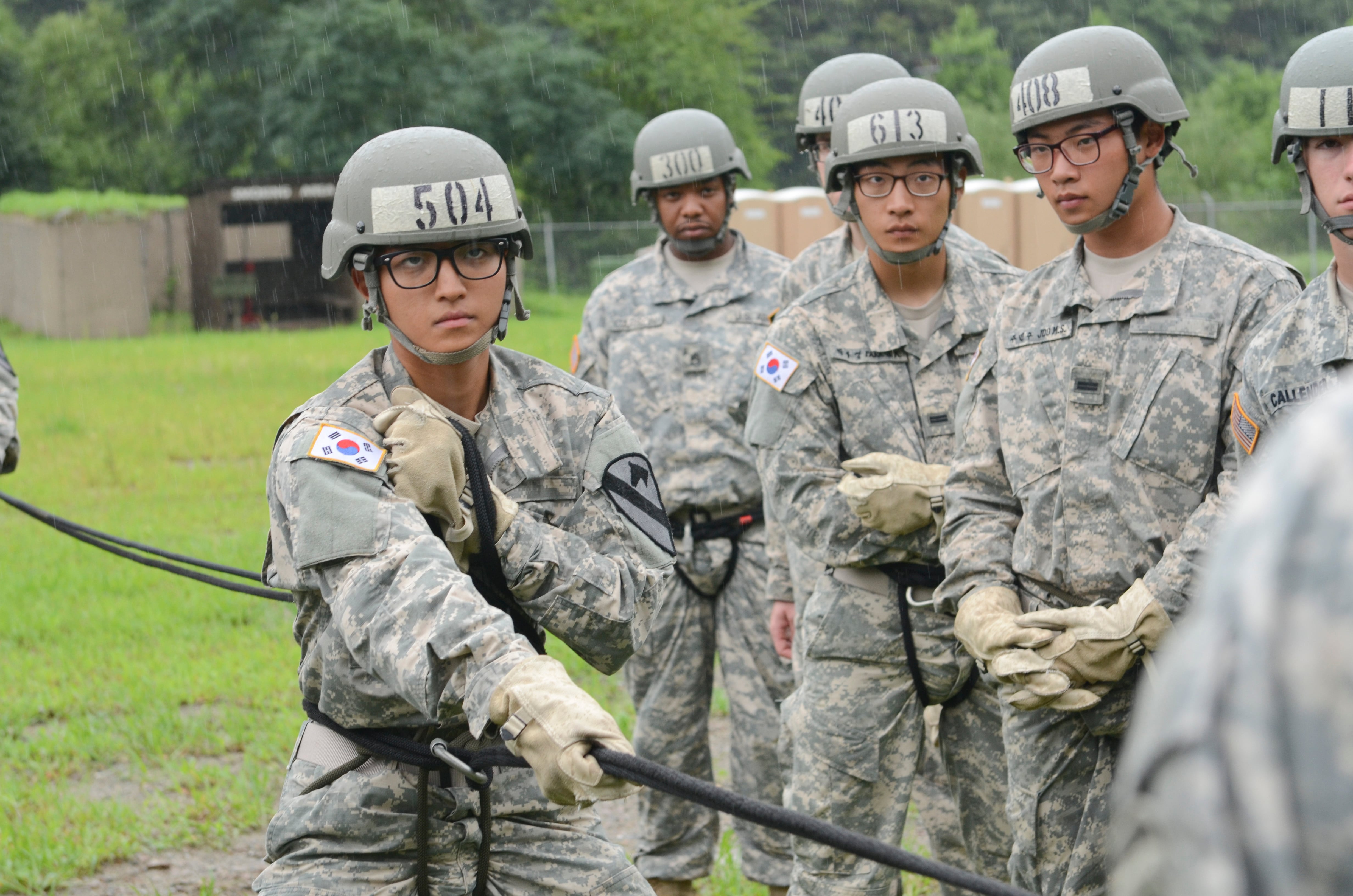
U.S. and Korean soldiers learn how rappel at Air Assault School on Camp Casey, July 27.
Photo Credit: Staff Sgt. John Healy/Army
Deploying a whole brigade combat team to South Korea hasn't been without some hiccups, however.
"There's a lot of building an airplane in flight, so to speak," Martin said. "What it requires is you find out real quick if the division staff is agile and adaptive and responsive, and then you find out how agile and adaptive the leaders are."
Some of the issues being examined include the type of deployment orders to issue to soldiers and whether they receive meal cards to eat at the dining facilities.
Other issues are simpler. In the case of the Black Jack Brigade, Martin didn't realize until the soldiers had arrived that they didn't have bedding for their barracks.
"I'm an old guy, and I'm going to show my age here, but when I was a company commander, on my property book I had sheets, blankets and pillowcases," Martin said. "But the Army, over time, had divested itself from having that supplied to the company commander. We took for granted that they would've come with sheets and green blankets and stuff like that."
The unit is now being fielded Army-style sheets, pillowcases and blankets so soldiers don't have to buy their own, Martin said.
The 2nd Infantry Division also is looking to invest more money into its dining facilities, he said.
"Soldiers coming here on a nine-month tour, we want them to have the best possible places to unwind, so we had very good DFACs, but we invested quite a bit of our money into enhancing some of them with some of the creature comforts you normally wouldn't find," he said.
After querying the soldiers, these additions include blenders for fruit and protein shakes, Panini presses and waffle irons.
"It seems like little things," Martin said. "We're really trying to invest … and we've improved as much as we can the experience they're going to have over here."
In South Korea, the soldiers of 2nd BCT are spread across four locations, with the brigade headquarters at Camp Hovey, Bernabe said. There also are soldiers at Camp Casey, Camp Stanley and Rodriguez Live Fire Range.
As the soldiers settle into their deployment, they have been busy training and integrating with the Republic of Korea's 16th Mechanized Brigade, which has been designated as the U.S. Army's main partner for combined operations.
"They are linked and doing partnership activities, they've done combined live fires together, they're doing all kinds of neat stuff," Martin said. "The type of partnership activities they're doing is such a breath of fresh air compared to what we've been doing in Iraq and Afghanistan. When the soldiers come here, I don't know what they're expecting, but the ROK army is a professional, well-equipped, well-trained, exceptionally-led organization."
Bernabe said he works very closely with the 16th Brigade's commander, Col. Sungwoo Ha. Each of the brigades' battalions also are aligned with each other and they regularly work to find combined training opportunities, Bernabe said.
"We have a lot to learn from them," Bernabe said about the ROK army. "We're new to this environment. This terrain is far different from Fort Hood, Texas."
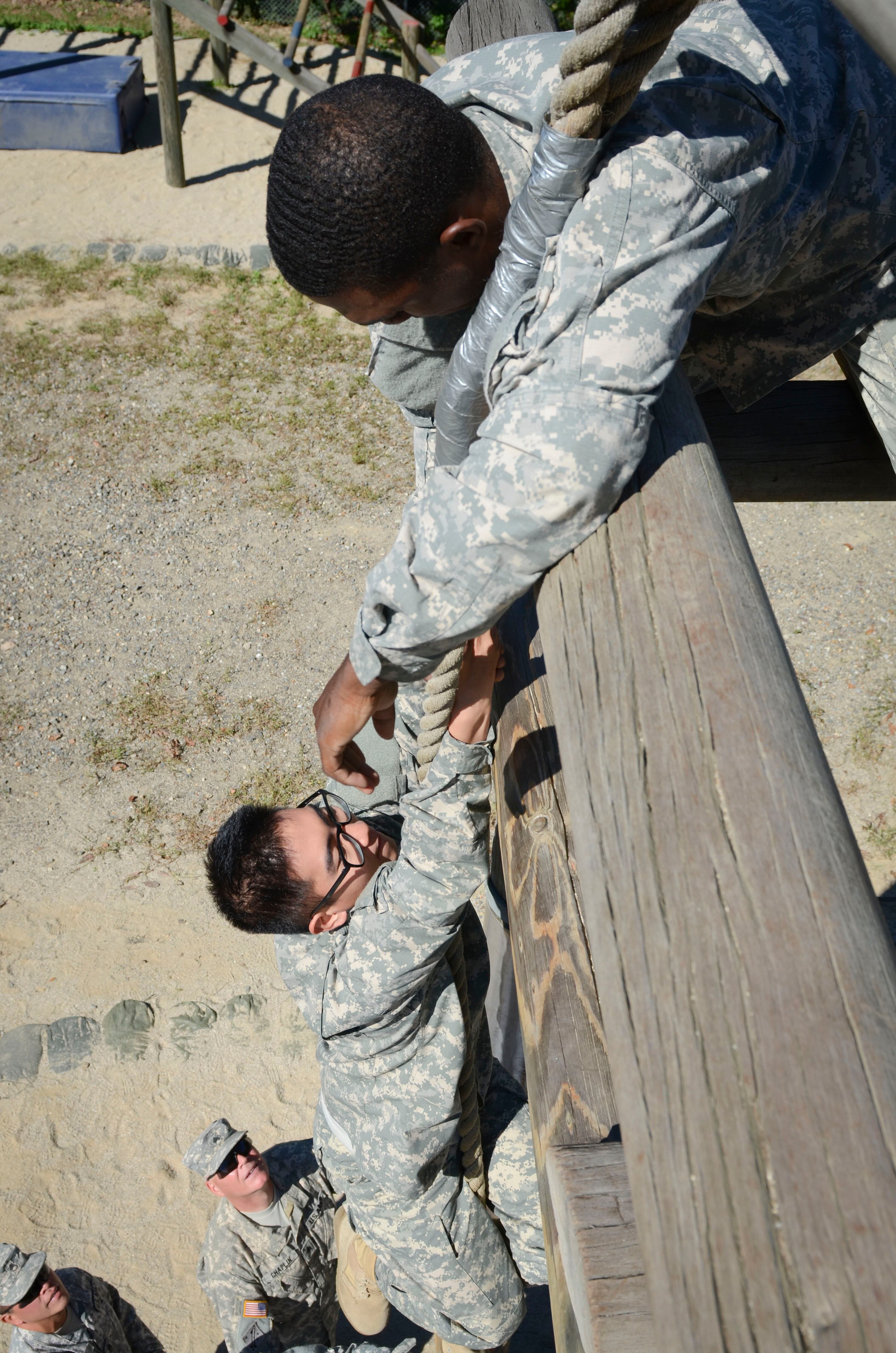
Sgt. Ted Nery,1st Battalion, 9th Cavalry Regiment, 2nd Armored Brigade Combat Team, 1st Cavalry Division, hauls Pfc. Jeong Yunhu, one of the unit's Korean Soldiers, to the top of one of the obstacles on Camp Hovey's obstacle course Sept. 17.
Photo Credit: Staff Sgt. John Healy/Army
His soldiers also are getting to enjoy and experience Korean food and culture, Bernabe said.
In addition to going off post for meals or visiting nearby cities, "we have some very deliberate efforts to get them out in the communities," he said.
This includes teaching English at local schools and office calls with local community leaders.
This experience, coupled with the high level of training, will only serve to further develop his soldiers, Bernabe said.
"Our soldiers are already well on the way to really developing and improving themselves as professionals," he said.
Martin said he believes the Black Jack Brigade's presence during the crisis in August and the recent Ulchi Freedom Guardian exercise has eased any initial concerns the South Koreans may have had about the inactivation of 1st BCT, 2nd Infantry.
"If they had any doubt, the Black Jack Brigade has totally erased that, and I think they really see the power of deployed formations," Martin said. "We are really taking our training to an extremely high level here. They see it, and they appreciate it."
The Associated Press contributed to this report.
Michelle Tan is the editor of Army Times and Air Force Times. She has covered the military for Military Times since 2005, and has embedded with U.S. troops in Iraq, Afghanistan, Kuwait, Haiti, Gabon and the Horn of Africa.



